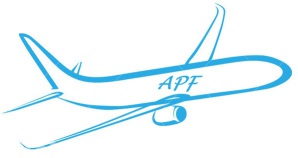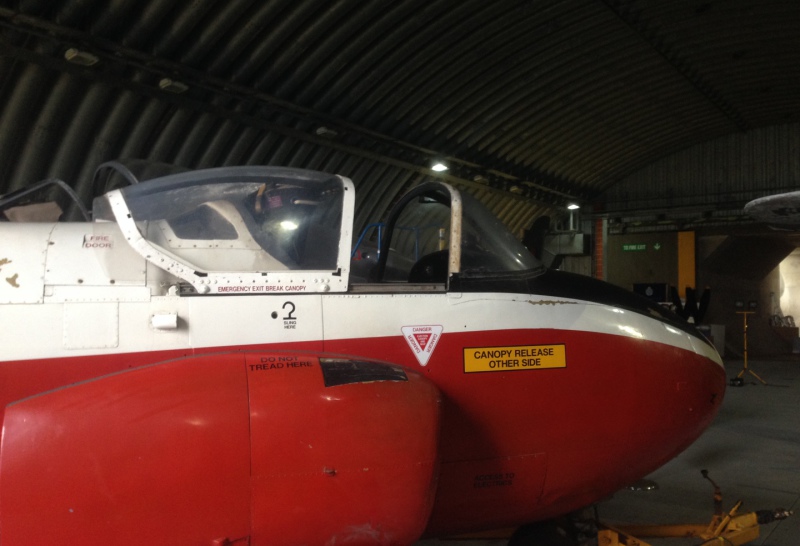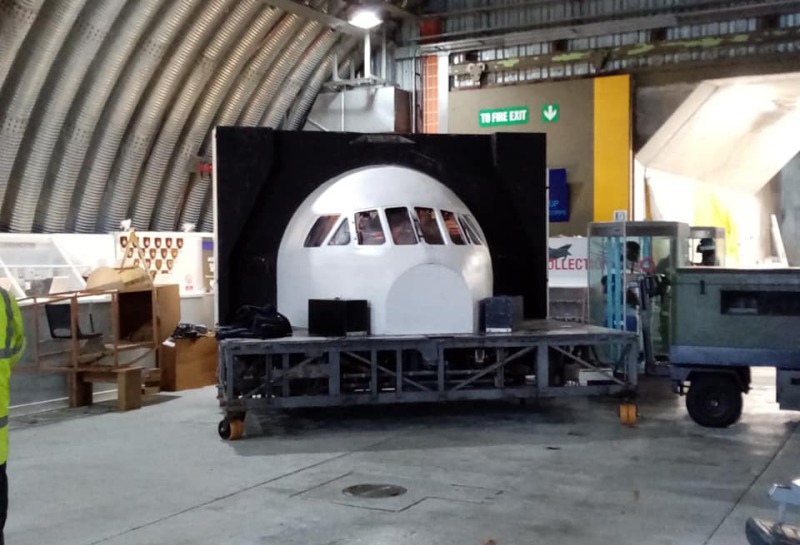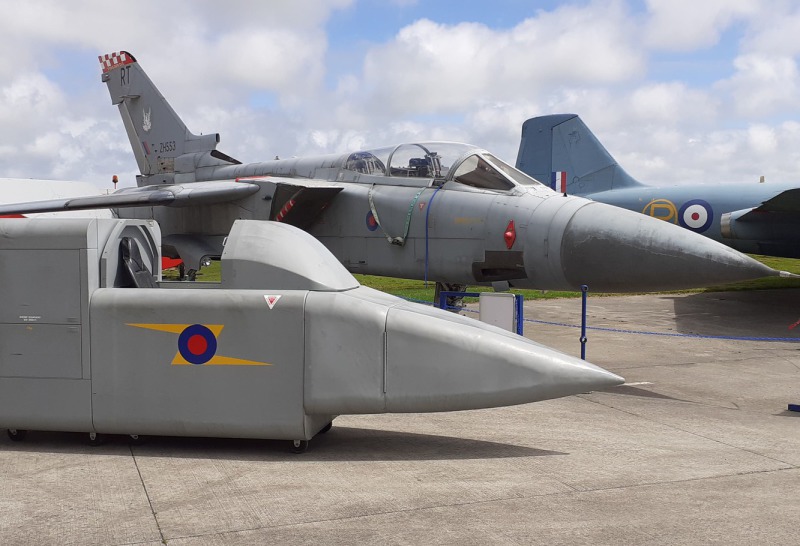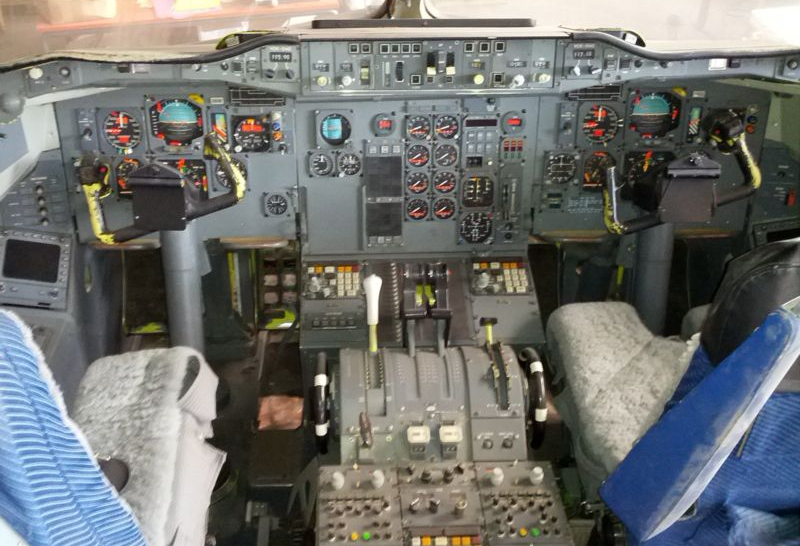AQUISITIONS
Below are the acquisitions currently held by the charity.
British Aircraft Corporation Jet Provost T.4
XP642 is a Jet Provost, produced by B.A.C for the Royal Air Force. It's requirement was aimed at the training of pilots entering the RAF. Pilots gained basic training, before being posted to various RAF squadrons across the country. The 'JP' was one of the most successful aircraft in the RAF fleet, and was powered by the Rolls Royce Viper 202 jet engine, allowing it to offer a top speed of over 700 km/h. This aircraft can be seen at the Cornwall Aviation Heritage Centre.
Handley Page Victor K.2
This H.P Victor K.2 was the training cockpit based at RAF Marham on 232 Operational Conversion Unit. It was the main training facility for pilots converting to Victor operations, and the aircraft type was involved in the furthest bombing raid in history, Black Buck 1. This aircraft is a rare example of a complete cockpit interior offering public access and guided tours. This aircraft can be seen at the Air Defence Radar Museum, at the former RRH Neatishead site.
Hawker Siddeley Nimrod MR.2
This H.S Nimrod MR.2 was the training cockpit used by the Royal Air Force for the conversion and ongoing training of its pilots. The Nimrod was the first line of defence against submarine warfare in the United Kingdom, and was used for airbourne reconnaissance. This Nimrod was produced by Rediffusion, the main supplier of aircraft simulator equipment. This aircraft is currently under restoration and we are seeking your assistance!
Panavia Tornado
The Tornado training simulator was one of our most recent large exhibit acquisitions, following the disbandment of the Tornado squadrons in 2019. This Aviation Training Device was used by training fast jet pilots prior to being posted onto the Tornado. The intention was to familiarise and teach jet pilots instrument training. These training simulators were produced specially for the RAF's pilot training programme, and were operated by an instructor at the rear of the simulator, and a training pilot in the simulator. We are hoping to bring some of the aircraft back to life to provide an interactive experience for visitors.
